Author: Luminary Blackthorn | Translation: Pre-Telea Miraenna
Microchips, implants, and eternal life? One of the earliest principles of Chrysalis was transhumanism. In this article, I explain the basics of transhumanism and introduce my thoughts on the connection between transhumanism and the Temple of Chrysalis.
What is Transhumanism?
Transhumanism is a movement that advocates that a human, through rationally guided scientific and technological development, can overcome the limitations of modern humanity, and develop themself for the better physically, mentally, and communally. According to transhumanism, the state of modern human development does not represent the “end product,” but is only the beginning of all that is possible.
Transhumanism studies for example the preservation of human consciousness and promotes the transcendence of biological limits. Transhumanism is associated with newer branches of science, such as information technology, nanotechnology, and cryonics.
In the wildest visions, transhumanism seeks a way to store one’s consciousness in digital form, consequently making oneself immortal. Swedish biohacker Jowan Österlund claims that immortality will be achievable by 2050. The idea of immortality also brings with it ethical and difficult questions. Simultaneously, it cannot be denied that the idea is appealing; perpetuation is one of the endeavours of the Temple of Chrysalis.
An essential part of transhumanism is the application of technology to improve the human body. In other words: the idea that a person can be made better and more capable, by means of microchips or implants, for example.
If we were to look for a fictional example, it could be the Netflix series Orphan Black’s concept of Neolution.
Transhumanism is close to biohacking, which I will talk about briefly in my article “Useful Techniques for a Chrysalid”. Biohacking is a very broad term which can accommodate many things. A unified factor is that biohackers aim to optimize their performance both mentally and physically. Sometimes it is about optimal diet, sleep, and a healthy lifestyle – but the extremity of biohacking is for example installing chips and implants into the human body. This extreme form of biohacking can be considered transhumanism.
So, transhumanism is about being able to artificially improve a human, and what we are biologically capable of is just the starting point.
What has that got to do with Chrysalis? Everything. As I occasionally try to hammer into people’s heads, Imago is not just about living a decent life. The real Imago Megistos is a state where you cross the “limits” given to you (Practice Chrysalid mentality and ask at this point: “What fucking limits?”). When you are at a high level of Imago, you defeat the probabilities and fly over them. The Imago is about developing yourself beyond what you ever thought you could be. Imago makes the natural supernatural, or beyond natural.
Therefore, transhumanism is very close to the philosophy of Chrysalis.
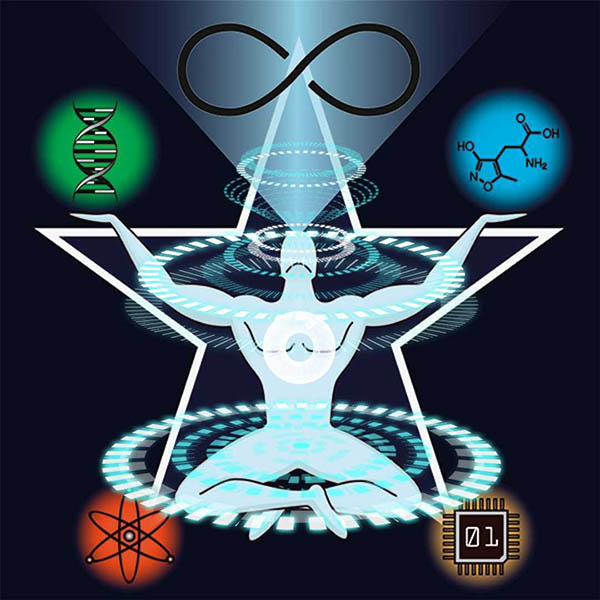
Why then haven’t I talked that much about the subject, except for a few bio-hacking mentions and the carefully thrown hints about microchips? Because the subject is also sensitive. Especially when there is a community at hand that works with old traditions. Witchcraft involves the idea of respecting nature, and transhumanism, for some people, would fight against those principles. It is probably good to emphasize that transhumanism does not eliminate the fact that in the realities of Actias and Ceranchia we can still study closeness to nature, organicity and more traditional spirituality.
Another reason why I haven’t brought forth transhumanism so strongly yet, is that my personal skills and level of knowledge have not been high enough to speak convincingly, and above all, safely on the subject. I still do not feel like I could loudly tell DIY instructions about how to insert a magnet into your fingertips or how to glow in the dark. On the other hand, I am ready to talk about the philosophical side and the ideology itself.
I would believe the community has gradually learned that curiosity and breaking boundaries are one of the central points in our system. So! Let’s think a little bit about transhumanism and what Chrysalid could get out of the ideology.

Prometheus - Mythology as a predecessor to transhumanism
The idea that a human could attain talents that have not been within his reach is by no means new. For example, the ancient Greek story of Prometheus could be thought of as a precursor to transhumanism in its idea. Prometheus was a Titan who created humans, and stole fire from the gods to give to humans. Prometheus represents knowledge and intelligence.
However, the symbolic idea of the story from a transhumanist point of view is that knowledge belongs to humanity. The fire of Prometheus is much more than just a flame. It is something that man did not have by nature. Something of divine origin. Forbidden from people, out of their reach. And yet getting fire would mean a big leap forward for mankind’s development.
The story of Prometheus tells of humans becoming conscious and attaining knowledge and intellect. The fire of Prometheus is often used as a symbol of atheists and agnostics.
The view of the Temple of Chrysalis on the symbolism of Prometheus is close, but still different. The stealing of fire could also be seen as a slander of the gods, which is well understood in a science-focused outlook on life. However, Chrysalids view works in the context of both science and spirituality. A Chrysalid not only steals fire and brings it to people, but rises with fire, learns to control it, gives birth to fire-like sources of development, and thus becomes a god in their own life.
Transhumanism and the Temple of Chrysalis
For Chrysalis, transhumanism is an enabler and a part of the philosophy of the Temple. Transhumanism can be seen as a tool for the Chrysalis process. It helps you find ways to increase or to ease your own performance, or to make you feel more comfortable, offering you options that add a little boost to how you feel about yourself.
Transhumanism is not a religion or just a “lifestyle”. And it’s not just part of the Chrysalis process, it’s also linked to the end result of the Chrysalis cycle, Imago. In both transhumanism and Chrysalis, the end result is “something more”. Transhumanism speaks of the concept of “human +,” that is, a person who is at the same time more than a human being. Human+ is something between human and posthuman. Posthuman is a concept that refers, for example, to the human or entity in scientific literature and futurology that exists at a level that transcends humanity. Posthuman is a hypothetical concept of the future — that is something that could theoretically be in the future. The transhumanist man, on the other hand, is like a realistic version of such a sci-fi man.
The Imago of the Temple of Chrysalis is just this: more. However, a Chrysalid can be a transhuman creation, even if they have not yet reached their Imago. You may have already improved yourself physically, even if you are not yet mentally in an ideal state.
So: The Ideal Chrysalid is for their part a transhumanist creation: “Human+”. However, it alone is not enough to become an Imago, but it is both part of the process and of the end result.
For Chrysalis, transhumanism is not synonymous with total digitalization, or submission to singularity. One could say that in Chrysalis, other kaleidoscopes emphasize Parthenos’ transhumanist way of thinking. At the same time, transhumanism has a pinch of Actias and Lamproptera as well. Which is charming, for these are very opposing forces to the Parthenos.
However, transhumanism does not only require factual and science-based thinking. It requires you to believe in what sounds impossible, and then you use the fire of your passion to find ways to make it possible.
Are you beginning to understand why transhumanism is so at the core of Chrysalis?
Both the Temple of Chrysalis and transhumanism combine the boldest, the maddest, and the highest goals that people have for themselves. Although a Chrysalid is not yet physically identifiable as a transhumanist creation, the philosophy of transhumanism is already a part of his life.
Because part of Chrysalis is to carry out things that defy ordinary, transhumanism and biohacking provide a great playground to explore the philosophy of self-development. In addition, transhumanism involves concrete ways in which Chrysalid can search for themselves on the playground of self-improving.
Typical ways of implementing transhumanism
Nootropics
Nootropics or smart drugs are psychoactive substances that are used when trying to affect the brain’s performance. The word comes from Greek words noos – mind, and tropos – a turning.
Some nootropics can be categorized more as placebo. The temple does not normally encourage alternative medicine when it comes to treating disease. However, as long as no one causes harm to themselves, the Temple even encourages the use of a possible placebo. A Chrysalid who wants to look into nootropics must study the subject very carefully and ensure that there are no harmful side effects.
Some nootropics have been studied to be effective and are also used in the treatment of diseases. You recognize these nootropics from having an ATC rating of N06B or N06D. N06B refers to medications that stimulate the central nervous system, and N06D to medication for dementia. In many countries, some nootropics are counted as drugs and require a prescription.
One type of nootropics are cholinergics, which improve concentration and memory by activating the cholinergic system. For example, donepezil used in the treatment of Alzheimer’s disease is such a compound.
However, there is no need to be intimidated. There is no need to start looking for a dealer to get medicine for memory disorders, as completely legal substances listed as nootropics are often available from the local market.
For example, just the usual supplements can have nootropic effects, for example vitamin B3, theanine and even the usual vitamin C. Similarly, herbs and remedies such as Saint John’s wort (Hypericum perforatum) and ginseng (Panax ginseng) may cause nootropic effects. Foods such as blueberry, dark chocolate and spinach can be nootropic.
I myself have good experiences with, for example, ashwagandha (Withania somnifera) and lion’s mane mushroom (Hericium erinaceus). Especially lion’s mane is something I love to enjoy before I start the creative process. It clarifies my thoughts and feels like it multiplies my cognitive ability. Lion’s mane can be enjoyed in tea, coffee or cocoa, for example.
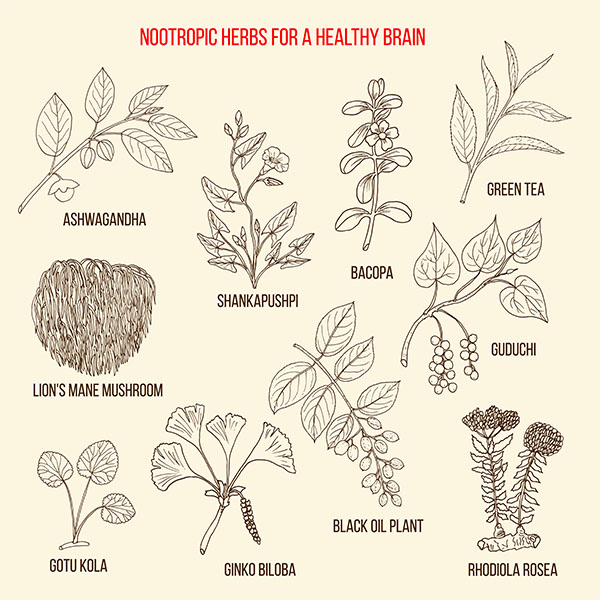
RFID ja NFC -microchips
What would it sound like to turn your coffee maker on with a flick of a hand? Or, monitor your body functions without any wearable that you need to carry with you?
One fascinating thing associated with biohacking and transhumanism is microchips. Typical microchips are RFID and NFC chips, which are used for contactless technology, for example as means of payment, as an authentication factor or for opening locks.
RFID (Radio Frequency Identification) technology has been used for a long time. It could be compared to a barcode, and it often works together with some sort of a scanner. RFID technology is familiar, for example, from animal chipping. The same can be done for humans. But you have seen RFID technology elsewhere, in everyday life: on your credit card, airline suitcase tag, price tags, and so on. A chip transmits information at a specified radio frequency when a device using the same technology is close to it.
NFC (Near Field Communication) chips are a more sophisticated version of RFID technology.
The NFC chip can also be scanned, for example with an NFC reader on a smartphone. For example, a business card, a web page link, a short piece of text such as a poem, coordinates, or other light information can be placed on the chip. An NFC chip can also be made to automatically connect to a stored WiFi network or a Bluetooth device.
Chips are also being developed that can, for example, send information about body functions to the phone.
Chips are usually put in by either body modification professionals, skilled piercers, or people who are particularly vigilant and experienced in the field of biohacking. The bravest try to chip themselves, which of course I can’t quite recommend.
The risks of a poorly placed chip are very similar to those of piercings and other body modifications. As a more specific theoretical risk, the chip could theoretically be hacked.
While the benefit of a microchip or some smaller implant to a Chrysalid might not be so revolutionary at first, its symbolic value is big. It’s proof that you are ready to break boundaries to be more.
Chips can be obtained, for example, from the following locations:
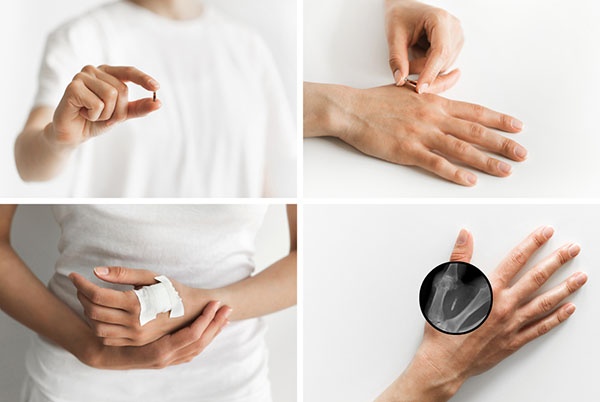
Other implants
In addition to microchips, implants can also be used for various improvements. The possibilities for implants are many.
In a project by Grindhouse Wetfare, a group of volunteers placed Northstar V1 implants under the skin. The implants mimic bioluminescence with various LED lights and they glow through the skin.
Artist Neil Harbisson is famous in the circles for a bit more peculiar implant of his. Harbisson was born completely color blind, but together with his team, he developed a software capable of transposing colors to vibrations. Later, Harbisson surgically moved this device, a kind of antenna, to the occipital bone.That is, the neck of Harbisson has a microchip implant with an attached antenna and a camera at the end of the antenna.
According to Digitaltrends.com, “the colors he experiences now resound via bone conduction, as the occipital bone reverberates this sensation around his skull.” can use the device to sense colors. He “hears” hundreds of tones and senses the wavelengths of infrared and ultraviolet light.
An implant sounds like a neat idea, but what could an ordinary Joe do with implants without bigger injuries?
One of the trendiest solutions is biomagnets, certain types of magnets that can be implanted, for example, on the fingertips or elsewhere under the skin. These offer a whole new way for a person to sense their environment: when a magnet encounters a magnetic field, it reacts. Magnets are moderately safe and do not cause for example X-ray problems, as long as you remember to mention them in advance.
Chrysalid should strive to connect with the universe and emphasize both his worldly and spiritual intuition and consciousness. Magnets are a very concretizing, fascinating way to increase the way you sense your surroundings. They are also on the threshold of Parthenos-like reality shaping, as you can do things with them that don’t usually fit people’s reality image.
There are numerous other options. However, the benefit is often subjective, so I recommend exploring the topic on your own.
Physical change symbolizes the mental
Why then I think it would be cool to stuff a microchip under my skin? Is being able to unlock my home with a chip instead of a key somehow me making myself better?
In the Temple of Chrysalis, such physical change is not always directly a matter of purely transhumanist, physical enhancing; a physical addition can symbolize that you are operating on a higher level mentally and spiritually. Just as physical ritual connects us to our mind, physical change connects us to a mental change. We change the way we think by changing something in ourselves physically – and we change ourselves physically as a result of our thinking.
The borderline of when we are talking about transhumanism can sometimes be difficult to grasp. Perhaps when you are reaching the “human+” level, when you have something that makes you “a degree more” than usual, you can talk about transhumanism as physically implemented.
Chrysalid should strive for solutions that think outside the box and correct deficiencies even when a normal person imagines that the situation is not remediable. For example, a situation where your limb has been amputated. The first thing that comes to mind is a wheelchair, or some kind of clumsy prosthesis. But instead of Chrysalid having to settle for crippling, he can strive for better than he would first think. Today, prostheses have evolved at a tremendous pace. By combining the prosthesis with certain muscles, one can even achieve a very realistic response of the prosthesis to movements, as well as a sensation of knowing the parts of the prosthesis. For example, watch this video on the subject. In the words of the video:
bionics designer Hugh Herr"The AMI procedure re-established the neural link between Jim's ankle-foot muscles and his brain. When Jim moves his phantom limb, the reconnected muscles move in dynamic pairs, causing signals of proprioception to pass through nerves to the brain, so Jim experiences normal sensations with ankle-foot positions and movements, even when blind-folded."
However, you don’t have to be a 50% cyborg to be able to see you support the philosophy of transhumanism. Or, you don’t have to have anything changed in yourself, even if you support the idea. However, even a small change will finalize to yourself that “this is the way I think. This is my value”. This is why for the first-degree initiation something is changed in itself.
Minor transhumanist changes, such as a chip with a small amount of information, may seem small improvements at first glance. However, such a small improvement works as if it were a long-lasting ritual: it concretizes as a physical and tangible thing what would otherwise be symbolic and abstract in your mind.
So also focus on the symbolic side.
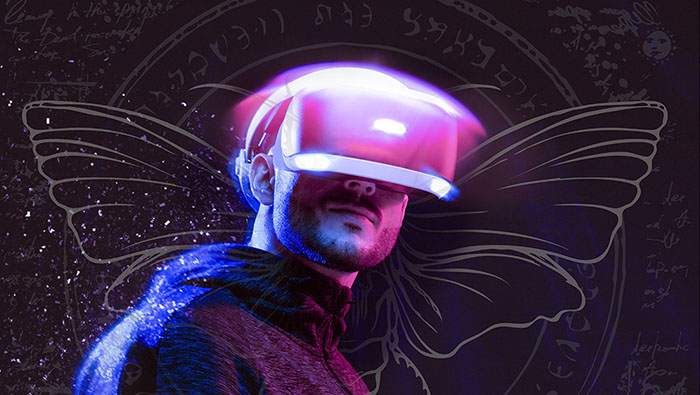
What can a Chrysalid do in the name of transhumanism?
Transhumanism is evident in Chrysalis ideology and aspirations as well as in the whole Imago thinking. Chrysalid should strive for a lifestyle that promotes longevity, physical well-being, and cognitive performance, and should emphasize these qualities in unconventional ways also, if desired.
More further going solutions such as microchips, bodybuilding, and nootropics are perfectly acceptable to the system. However, the temple does not command anything that Chrysalid themself is not ready or willing to do. On this day, some physical change is required for first-degree initiation. Originally, this change was related to, for example, bodybuilding, chips, and implants, but these were abandoned, and the claim was transferred to high-grade initiations.
Thus, no one needs to fear that a microchip should appear on the wrist for initiation.
But should you still decide to do something like that, that is just pretty fucking awesome and you deserve some respect for being a badass!
Kenenkään ei tarvitse siis pelätä, että initiaatioon pitäisi ilmestyä mikrosiru ranteessa.
Mutta ai että, jos jotain sellaista teet, onhan se nyt ihan helvetin hienoa.
Below are concrete examples of transhumanism that you can do:
- Live healthy, play sports, follow a healthy diet and other lifestyles that increase your life expectancy
- Use supplements (vitamins, minerals, hormones, fatty acids)
- Acquire a microchip and use it for example
- to actively monitor your vital signs
- to create a locking system for your home that only you can unlock with your chip
- configure your WiFi
- replace some of the features in your smartphone
- program your chip to control the lights in your home
- Implant a magnet in your fingertips
- Keep an eye on body augmentations and if possible, get one that you like
- Try to improve your cognitive properties with nootropics, or smart drugs
- When brain-machine interfaces become publicly available, get one
- See your disability as an opportunity or a springboard: If you lack a limb or some sense, you can replace the feature with a device or prosthesis that gives you more than you naturally would have. For example, foot prostheses that make you run faster
- Do vanity improvements – Without taking a stand on ethics, a Chrysalid can also improve itself in appearance
- Follow scientific inventions and start saving money for if something revolutionary is developed
- Get a cryonics membership
Not all of these solutions necessarily interest you and are not priorities for you. That’s totally okay. Choose something you can do now. At the same time, keep your mind open to those options that interest you but may not be quite possible for you yet.
Does transhumanism make any sense? Is it even possible?
Of course it makes sense, and yes, it is possible. However, how possible it is for each varies. You may not be ready for everything, or you have an ethical limit about some procedure.
In addition, it is good to be aware that there is a concept of privilege. It is certainly much more possible for some to acquire expensive technology for themselves. But not everyone has to choose the same direction when implementing the philosophy of transhumanism in Chrysalis. Your performance should not be allowed to get caught up in what someone else is doing. My very strong personal opinion is that if you let it stop you and every time you are not where you want to be, and outsource your problems to those with better things, you unnecessarily complicate things and sabotage yourself right away. We have this saying in Finnish: “Perse edellä puuhun.” Meaning that you try to climb into a tree, your arse in front. That’s exactly what happens here.
Money does not solve everything. Every person you talk to during your life can be your shortcut. You have more than money: your intelligence, your wits, your kindness, your communication, your ability to find the right people, your ability to want, to ask, to receive. Ability to negotiate, exchange and discuss.
For example, when I was unemployed, I dreamt about a course. But the course cost 6,000 euros. I couldn’t afford that at all. So, I wrote a letter to the instructor about my situation. The letter was long and personalized. I explained my situation and why I wanted to attend this particular course. And most importantly, before sending the letter, I spent a lot of time studying information about the instructor. To my delight, they invited me to talk. We got to know each other, and they offered me the opportunity to come to the training, as long as I assisted him. And I went.
I guess I’ll immediately put LinkedIn invitations to a few transhumanists.
When you dive into transhumanism, stop focusing on what others have or don’t have, unless it somehow benefits you. The advantages or shortcomings of others do not belong to you. Contemplate your navel and focus on your own situation. You don’t have to immediately jump right in to get a cryogenic membership. Several of our lower-income members have Apple Watches on their wrists, and with the price of one you can already get a juicy start to transhumanism. It’s about choices and priorities, and what kind of philosophy you want in your life. If you can’t get an extra cybernetic hand or the most expensive microchip kit right now, start with something smaller, such as improving your well-being and performance.
Then there are, of course, the ethical views and values. However, I don’t think these are a problem, because just as a person has formed values, perceptions, and prejudices based on their experiences, culture, society, and social circle, they can also make their mind more receptive. If they want to.
Of course, one can always reason that there are so many problems in the world that they should be solved first, rather than focusing on the future or “being selfish”. I think this is part of the problem. We are so damn stuck to wallowing in misery that we forget to live our lives and become happy. I think we need to do both: both fix the problems and focus on the future. As well as investing in our own well-being.
We, the Chrysalids, strive to be something greater. And we are ready to cross borders because of it. If you don’t find your consciousness transferred to digital form or your body deep-frozen when your time comes, at least you can die knowing you did many fucking awesome things.
So, get acquainted with transhumanism. And step closer to Imago Megistos.
Sources:
https://humanityplus.org
https://whatistranshumanism.org/
https://www.digitaltrends.com/cool-tech/coolest-biohacking-implants/
https://www.vice.com/en/article/d7yzvj/biohackers-are-implanting-led-lights-under-their-skin
https://medicalfuturist.com/rfid-implant-chip/
https://www.youtube.com/watch?v=Gs0bVs8QuWE&feature=emb_imp_woyt
https://arstechnica.com/features/2018/01/a-practical-guide-to-microchip-implants/
https://en.wikipedia.org/wiki/Nootropic
https://www.mindlabpro.com/blogs/nootropics/list-nootropics
https://nootropicsexpert.com/nootropics-list
https://www.healthline.com/nutrition/nootropics
In Finnish:
https://www.aviisi.fi/2018/02/ikuinen-elama-on-kutkuttava-ajatus/
https://www.soleusproteor.fi/tuotteet/raajaproteesit/erikoisproteesit
https://yle.fi/aihe/artikkeli/2017/11/02/saara-sarvas-olen-kyborgi-miksi-otin-mikrosirun-ihoni-alle
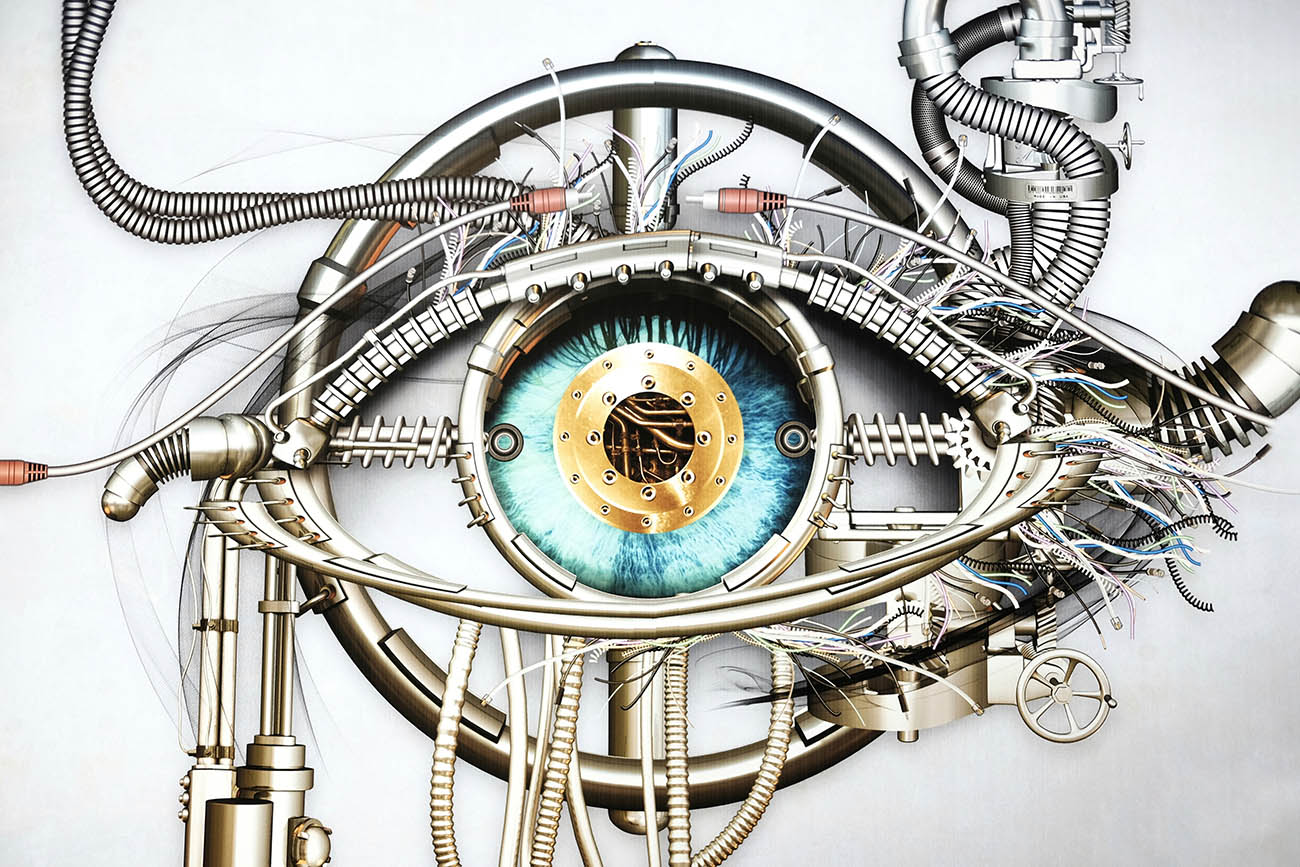
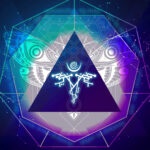



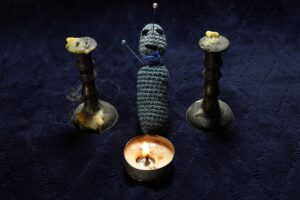

No comment yet, add your voice below!